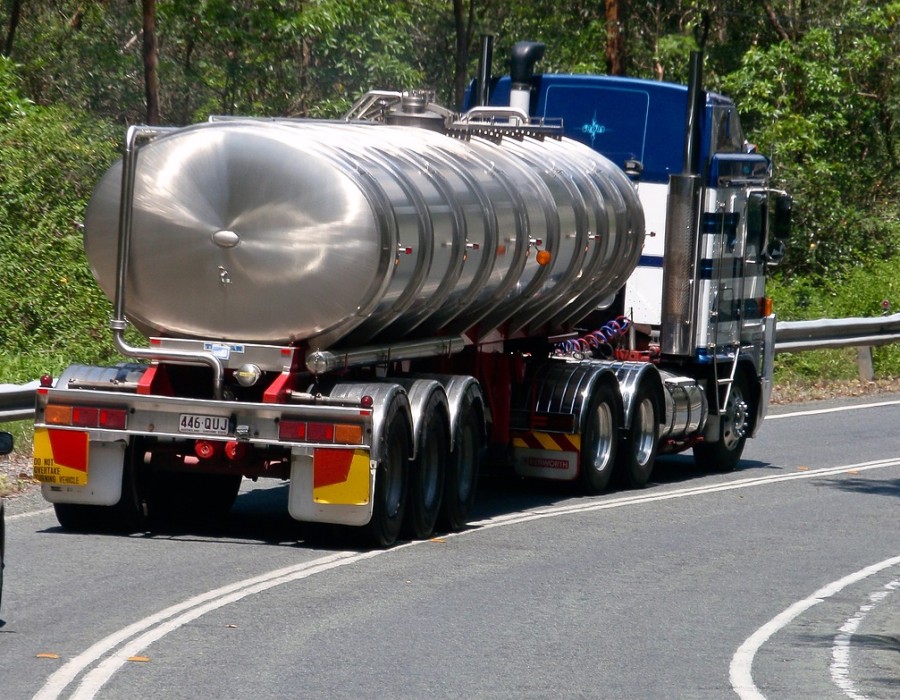Water delivery services play a crucial role in ensuring a safe and enjoyable supply of water for both potable and swimming pool use. However, the logistics involved in these operations often go unnoticed. In this article, we'll take you behind the scenes to understand the intricate logistics of potable water and swimming pool water delivery.
Potable Water Delivery
1. Sourcing
Potable Water Delivery services begin with sourcing water from reliable and approved municipal water supplies or natural sources such as wells or springs. The water source's quality and safety are paramount, as it's intended for human consumption.
2. Storage
Once sourced, the water is transported to storage facilities. These establishments are furnished with tanks and purification systems to guarantee water quality. Consistent testing is performed to confirm compliance with health and safety regulations.
3. Transportation
Specialized tanks or trucks are employed to transport potable water to its destination while preserving its purity and quality. These vehicles are typically stainless steel or food-grade plastic to prevent contamination.
4. Distribution
At the delivery site, the water is distributed using pumps and hoses. Customers can access the water through various means, such as filling their residential tanks or connecting to temporary water supply points for events or construction sites.
5. Quality Control
Throughout the process, stringent quality control measures are in place to ensure that the delivered water is safe for drinking. Regular testing and monitoring are conducted to detect any contaminants or deviations from water quality standards.
Swimming Pool Water Delivery
1. Sourcing
The water for swimming pool delivery is sourced from municipal supplies, wells, or other approved sources. Unlike potable water, it isn't required to meet identical drinking water standards. However, it must still remain free from contaminants that could pose risks to swimmers or cause harm to pool equipment.
2. Treatment
Before delivery, the water may undergo treatment to ensure it is free from impurities and pathogens. This treatment may involve filtration, chemical disinfection, and pH adjustment to create ideal pool water conditions.
3. Transportation
Water destined for swimming pools is transported using specialized tankers or trucks. These vehicles are designed to handle the large volumes of water required for pools and are equipped with features for easy filling.
4. Filling Pools
At the pool location, the water is pumped into the pool using hoses and dedicated filling equipment. Care is taken to ensure that the water level is adequate and that it's evenly distributed.
5. Water Testing
After filling, pool water is typically tested for pH balance, chlorine or other disinfectant levels, and clarity. Adjustments are made as necessary to ensure the water is safe and comfortable for swimmers.
Logistical Challenges
Both potable water and swimming pool water delivery face logistical challenges such as:
Route Planning: Efficient routes must be planned to minimize travel time and fuel consumption.
Timely Delivery: Meeting delivery schedules, especially during peak demand, is crucial.
Safety and Compliance: Ensuring all safety and regulatory requirements are met throughout the process.
Maintenance: Regular maintenance of delivery equipment to prevent breakdowns and delays.
Emergency Response: Being prepared to provide water in emergency situations, such as natural disasters or water supply disruptions.
Conclusion
The logistics involved in potable water and Swimming Pool Water Delivery Ottawa are intricate, demanding meticulous planning, strict adherence to safety and quality norms, and the execution of efficient operations. These services play vital roles in ensuring that homes have access to clean drinking water and that swimming pools provide a safe and enjoyable experience for all.





Comments